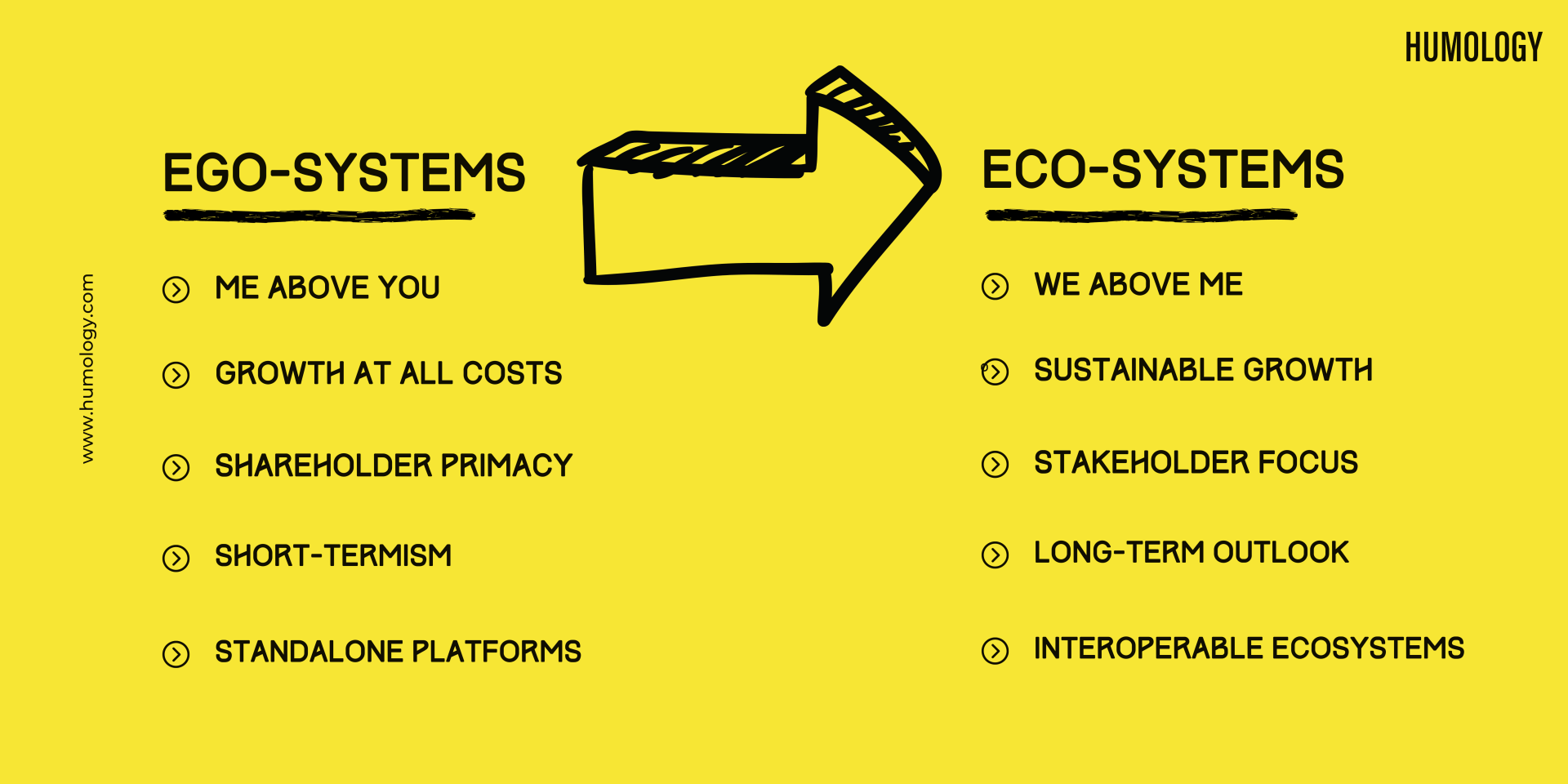
If you want to make change stick — burn the friggin’ boats!
You need a commitment strategy, not an exit strategy.
We’ve all come up with great promises to ourselves like getting more exercise, saving money, reading more books, seeing friends more often, or finally doing that MBA. I may even have made the same promises to myself over the past few years — assuring myself that this year will be different. This time I feel more committed, more motivated — this year I won’t let myself down… or will I ?
The inability to hold myself accountable — especially when I know these things will benefit me in the long run, is maddening! The sorry inevitability of my failed commitments adds another thin layer of shame to my inner critic. I know I’m not alone here — a 2007 study by Richard Wiseman from the University of Bristol showed that 88% of those who set New Year resolutions fail. The University of Scranton’s research suggests that just 8% of people achieve their New Year’s goals which means 92% of resolutions fail .
If only I had tried harder or had more willpower. But I didn’t, and I’ve only myself to blame �55357;�56849;.
When we fail to change, we begin to doubt our own abilities and question how we perceive ourselves. It can also be a very private shame — one where we chastise ourselves internally and eventually erode our self-esteem with the mantra ‘I’m just not good at X’, or add labels that become self-fulfilling prophecies, like ‘I’m lazy’.
When Spainish conquistador Hernán Cortés and his men arrived in Mexico in 1519, after a long and treacherous voyage across the Atlantic, he allegedly gave a rather alarming order. Burn the boats . Legend has it that Alexander the Great embraced a similar strategy on his arrival in Persia - despite being significantly outnumbered. Perhaps even more notably, in miltary treatise 'The Art of War', Sun Tzu advised “When your army has crossed the border, you should burn your boats and bridges, in order to make it clear to everybody that you have no hankering after home.”
When you burn the boats you are also igniting a burning desire to succeed. You have no choice. You win or you perish.
Lazy? Uncommitted? Low willpower? No focus?
Our brains resist change for a multitude of reasons. We are creatures of habit by design. Following habits preserves energy and frees up our brain for more complex thinking ( perhaps, then I’m not lazy just cognitively efficient ?). We take great comfort in following through on these habits because they make us feel competent and comfortable. Habits provide us with a sense of comfort in their predictability — like a well-practiced recipe that delivers every single time. We spend years fine tuning them to the point where we can unconsciously go about our daily lives with ease.
It’s no surprise then, that if we spent years embedding these habits, it’s going to take some time and effort to interrupt the learned behaviours and recode a new pattern. To effect lasting change in any behaviours or thought patterns, we need to understand how our existing habits have been built over time. It helps to have some insight into how our brains support habits, and why those same systems make it so hard to break them.
The Triune model of the brain groups the ‘operational systems’ of our brains into three main groups:
Now what? Setting Up For Success
The unlearning process can often feel harder than a new learning process — like swimming against the tide, or climbing the stairs when the elevator is out of service. So, if we’re going to make this change stick we need to create the right environment:
Now that we know the basic building blocks of HOW and WHY our brain responds to change this way, what can we do to strengthen our adaptability muscle and begin to embrace change fluidly?
Building Adaptability
If you are interested in cultivating an adaptive mindset — try out some of these simple neuroplasticity exercises for 30 days and let me know if you notice some improvement!
Good luck!




